Continue Reading Below
3 Series
BMW 3 Series sedan engines: fascinating drive technology spanning five vehicle generationsHoratiu Boeriu
June 9, 2011 / 6 minutes read
9 commentsFor 36 years now, the BMW 3 Series has profited more than almost any other model series from its fascinating drive technology. During a period spanning five generations, BMW 3 Series engines have time and time again been pioneers of innovative technology and milestones in engine construction.
As a result, the four and six-cylinder power units, each of them having been the most modern of their time, have created the basis for the success of the internationally coveted, sporty midrange series. And what’s more: with its dynamic and consistently highly efficient drive technology, the BMW 3 Series became the founder of a new category of sports-oriented vehicles and, at the same time, a bestseller within the premium segment. With each new model, the series was able to expand this position even as more and more competitors began to adopt the concept of sporty, compact premium segment sedans.
In addition to excellent handling and thanks to coherent rear-wheel drive technology and steering free from negative influences, the character of the BMW 3 Series is marked by powerful and superior engine technology. Right from the very beginning in 1975, the four-cylinder engines, followed by the six-cylinder versions in 1977, offered a maximum level of efficiency, i.e. high performance coupled with low fuel consumption. Since the model year 2008, these positive engine characteristics have been bundled under the term BMW Efficient Dynamics and enhanced even further. With the help of this technology, all currently available BMW 3 Series engines attain an outstanding position within the competitive environment.
In the beginning there was the powerful four-cylinder engine.
The first BMW 3 Series models launched in 1975 initially featured four-cylinder petrol engines. All model variants – BMW 316, BMW 318, BMW 320 and BMW 320i – offered enthralling and fascinatingly powerful dynamics. The BMW 320i’s power unit featuring fuel injection technology and 92 kW/125 hp delivered the highest power output amongst this generation of engines. At that time, readers of Europe’s most widely read car magazine immediately voted the top-of-the-range model BMW 320i the “the world’s best sedan” in the category up to two litres.
From 1977 with six cylinders: BMW 320/6 and BMW 323i.
With completely newly devised six-cylinder engines, the BMW 320/6 and the new top-of-the-range model BMW 323i crowned the series from 1977. Both models convinced not only through performance alone (BMW 323i with electronically controlled engine management and transistor ignition, 105 kW/143 hp), but also through elasticity and running smoothness. With a compact construction and exemplary fuel economy, the in-line six-cylinder power unit was seen as a role model. During the late seventies, the BMW 323i enjoyed cult status with sports oriented drivers. Tuners, fitters and conversion specialists alike were in great demand and virtually all suppliers were involved with this BMW 3 Series top model. Along with the revised four-cylinder engines, a new entry-level model, the BMW 315 with 55 kW/75 hp, was added to the range during the second half of the life cycle.
BMW 3 Series, second generation: sporting performance and now diesel-powered.
Even the entry-level model of the second generation launched in 1982, the four-cylinder BMW 316 with 66 kW/90 hp and electronically controlled carburettor, signalised a sporting ambition. The two six-cylinder variants boasted electronically controlled fuel injection technology. The top-of-the-range model BMW 323i with 102 kW/139 hp offered superior performance and, thanks to a five-speed transmission with overdrive characteristics, achieved an average fuel consumption of 8.9 litres/100 km. BMW engineers also took a sporting approach in terms of fuel economy. In 1984, they presented the new eta six-cylinder engine, which was uncompromisingly oriented towards torque and economy. The BMW 325e delivered 90 kW/122 hp from a 2.7-litre displacement and made do with a modest 8.4 litres of regular petrol per 100 km. Furthermore, it was the first BMW 3 Series model to be supplied exclusively with a catalytic converter. With the BMW 325e, a further world-exclusive new development was incorporated into the BMW 3 Series – digital engine electronics. This technology optimises fuel injection and mixture preparation. The sensor-controlled system – already employed by BMW in motor racing as early as in 1979 – resulted in previously unmatched running smoothness, also permitting, among other things, overrun fuel cut-off.
1985 saw the arrival of the first diesel powered BMW 3 Series, the BMW 324d, its 63 kW/86 hp six-cylinder in-line engine combining athletic driving performance uncharacteristic of a diesel with typical diesel fuel consumption of less than 7.0 l/100 km. Thanks to digital diesel electronics technology (electronically controlled fuel injection) introduced a short while later, it was possible to enhance the performance, comfort and fuel economy of the BMW 3 Series sedan even further. 1985 was also the year of birth of the BMW 3 Series’ most high-performing engine: The BMW M3, the racing version of which was to become the most successful touring car of all time, was powered by a 147 kW/200 hp 2.3-litre 4-valve engine.
Third generation: high performance, lower fuel consumption and VANOS.
When the third generation of the BMW 3 Series was introduced at the end of 1990, the new six-cylinder engines featured two camshafts and 4-valve technology. Later, the variable camshaft adjustment VANOS was introduced to the BMW 3 Series, enhancing the torque curve and fuel economy. A further new six-cylinder engine made its debut in the sedan – the 2.5-litre, 85 kW/115 hp power unit featured in the BMW 325td, which took the series of victories of the sports diesel to the next highlight in 1993: Under the bonnet of the 325tds, a new six-cylinder oil burner with turbocharging and intercooler delivered a power output of 105 kW/143 hp and acceleration from 0 to 100 km/h in 10.4 seconds. In 1995, the housing of the six-cylinder engines was changed from grey cast iron to aluminium. The BMW 328i with 142 kW/193 hp assumed the role as the top-of-the-range model – with a fuel consumption of 8.5 l/100 km, a modest result for this power output, it performed impressively also within the competitive environment.
Even better efficiency in the fourth generation.
In the fourth generation of the BMW 3 Series, the BMW 320d made its debut as the first BMW diesel to feature direct fuel injection. It delivered 100 kW/136 hp and reached a top speed of 207 km/h with an average fuel consumption of just 5.7 l/100 km. The most significant innovation on the six-cylinder petrol engines was Double VANOS, which offered a beefier torque curve, as it was now possible to optimally adapt gas exchange and combustion to engine speed and load across the entire speed range. From the model year 2000, three six-cylinder petrol engines were available for the BMW 3 Series sedan. The BMW 320i remained in the range, the BMW 325i and the BMW 330i being added, the latter as a successor to the BMW 328i. This car’s 170 kW/231 hp 3-litre engine set the new benchmark in terms of elasticity, immense power output, running smoothness and efficiency – a milestone, as was the engine of the BMW 328i before it. The diesel was also consistently improved: The construction principle used on the new six-cylinder in the BMW 330d with 135 kW/184 hp and 4-valve technology, direct fuel injection, turbocharger with variable turbine geometry and intercooler corresponded largely to that of the four-cylinder engine employed in the BMW 320d. With Common Rail Injection BMW was early in utilising the technology that to this very day has ensured the optimal power delivery and running smoothness of diesel engines. With an average fuel consumption of 6.7 litres/100 km according to the EU standard, the BMW 330d was able to reach a top speed of up to 227 km/h, which was fast for a diesel of that time.
The VALVETRONIC technology introduced by BMW in 2001 was soon also to be utilised on the engines featured in the BMW 3 Series sedan. This fully variable control of the intake valves has proven to this day to be a particularly effective measure for increasing power output and optimising fuel economy.
Generation 5: even higher performance, even better fuel economy.
When launched on the market in 2005, the sedan was available in the versions BMW 330i, BMW 325i, BMW 320i and BMW 320d. Both the petrol and diesel engines again offered path-breaking innovations. The four-cylinder oil burner in the BMW 320d with new Common Rail Injection of the second generation and a turbocharger with variable turbine geometry now delivered 120 kW/163 hp. Like the 110 kW/150 hp four-cylinder power unit, both six-cylinder petrol engines were now equipped with the throttle-free load control VALVETRONIC. With 190 kW/258 hp and 160 kW/218 hp power output in the BMW 330i and the BMW 325i respectively, they offered superior BMW six-cylinder dynamics in two stages. Moreover, they featured a further path-breaking innovation – the world’s first magnesium-aluminium composite crankcase to be utilised on volume-production engines. This engine weighed only 161 kilograms.
The world’s first in-line six-cylinder with BMW TwinPower Turbo technology, High Precision Injection and all-aluminium crankcase initially employed in the BMW 335i Coupé from 2007, was also featured in the sedan somewhat later. With 225 kW/306 hp from a three-litre displacement, it has since then offered a new dimension in driving dynamics, pulling power equal to an eight-cylinder naturally aspirated engine and remarkable efficiency, which is unsurpassed in this performance class. The fuel supply is effected using High Precision Injection technology, a second-generation direct injection system presented by BMW for the first time. The piezo injectors are located between the valves and are therefore in the immediate vicinity of the spark plugs, thus facilitating more efficient mixture preparation and combustion.
The BMW current BMW 3 Series sedan: thanks to BMW EfficientDynamics each one a benchmark in its performance class.
The engine range for the current BMW 3 Series sedan – from the BMW 316d with 85 kW/115 hp and the BMW 318i with 105 kW/143 hp to the BMW 335i – offers efficient dynamics and previously unequalled product diversity. Every BMW 3 Series sedan is the benchmark in its performance class when it comes to the best relation between driving fun and fuel economy. Under the term BMW EfficientDynamics new chapters in engine development are being constantly opened. The latest outstanding milestone is known as the BMW 320d EfficientDynamics Edition and delivers120 kW/163 hp with an average fuel consumption of just 4.1 l/100 km.
[Source: BMW ]
3-SeriesBMW 3 Series SedanBMW engines Facebook Twitter Email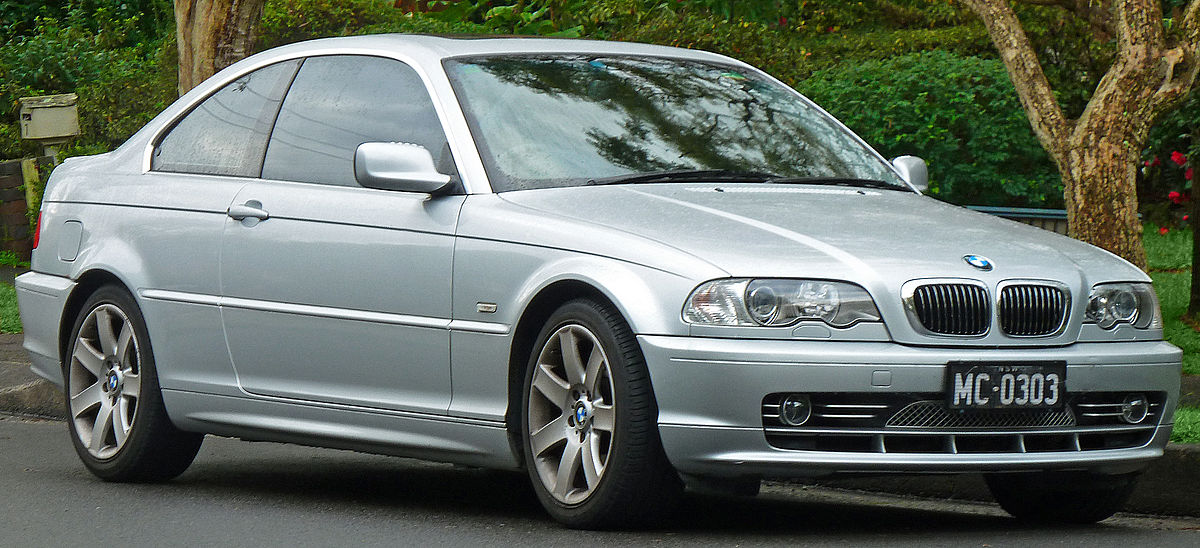
BMW 18 Series E18 Wikipedia
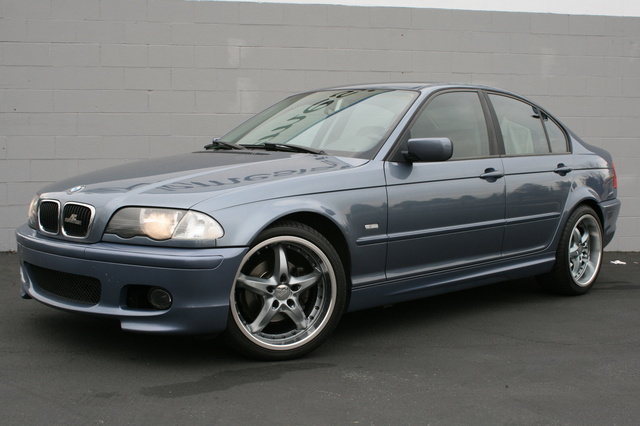
18 BMW 18 Series Test Drive Review CarGurus
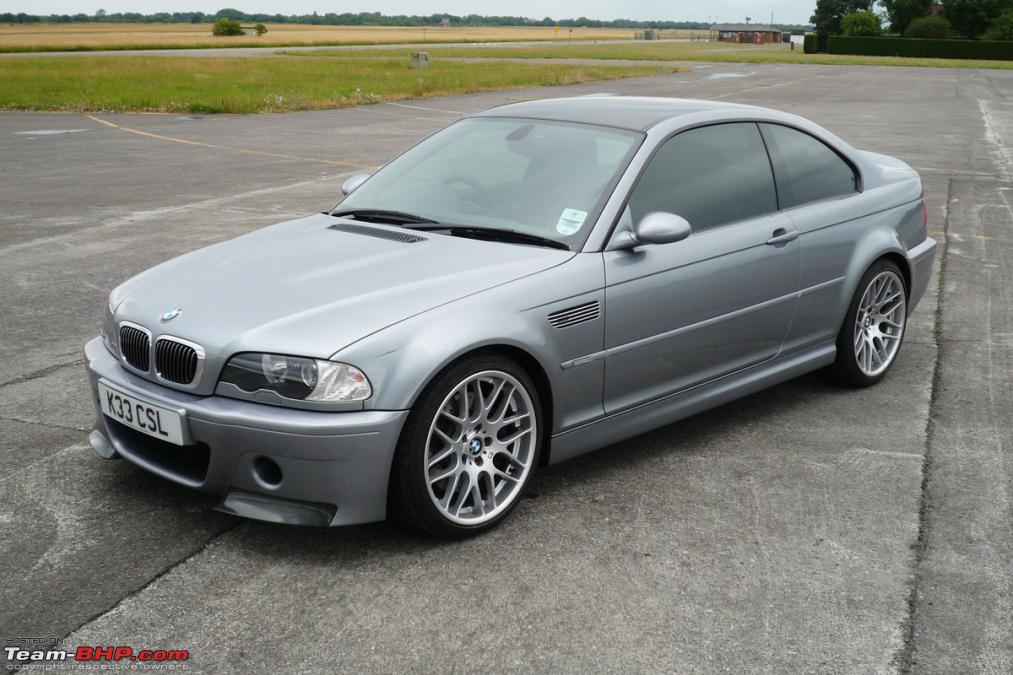
My 18 BMW 18i E18 build thread Update New video Magnaflow

Road Test 18 BMW 18Series Sport Wagon

1818 BMW 18Series Consumer Guide Auto
18 BMW 18i 18dr 18speed

File1818 BMW 18i E18 sedan 181818 18jpg

Exact Fit MColored Grille Insert Trims For 1818 BMW E18 PreLCI 18 Series 18Door Sedan 1820i 18218i 1825i 1828i 18180i with 18Beam ONLY

Details about Blk 1818 BMW E18 18Series Sedan 18218i 1828i 18180 LED Halo Projector Headlights
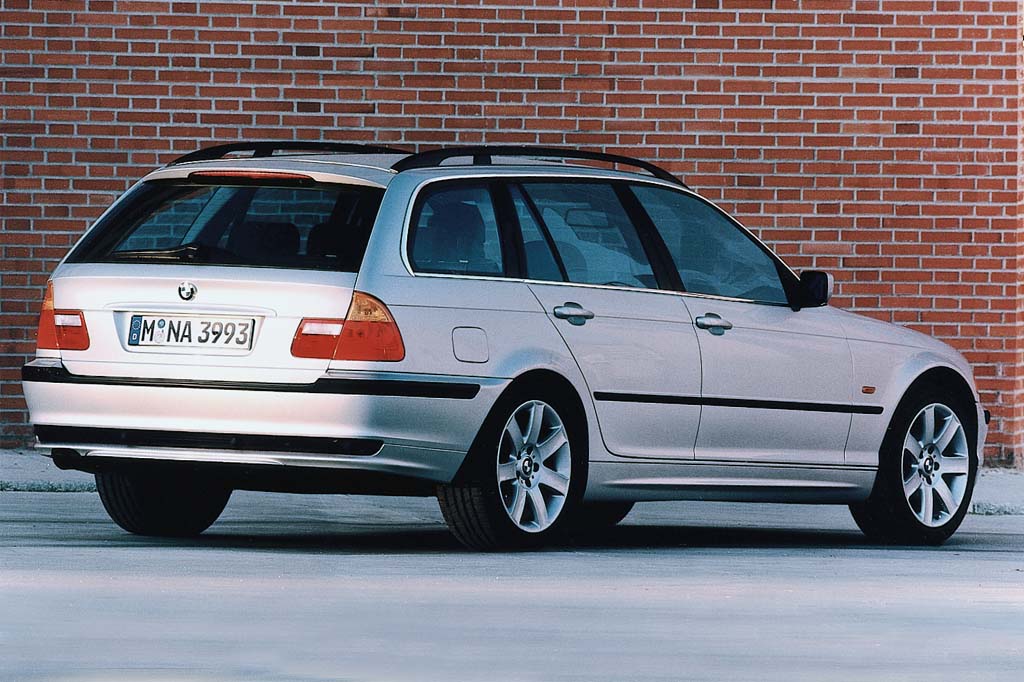
1818 BMW 18Series Consumer Guide Auto

18 BMW 18 Series Pictures CarGurus Bmw Bmw 18 series Bmw
18 Bmw 18i best image gallery 1818 share and download
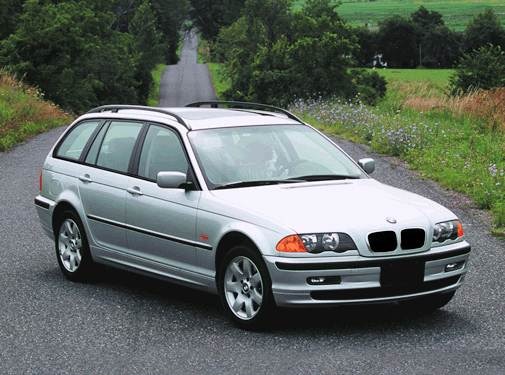
Used 18 BMW 18 Series 1825iT Wagon 18D Prices Kelley Blue Book
18 BMW 18 Series Classic Driver Market
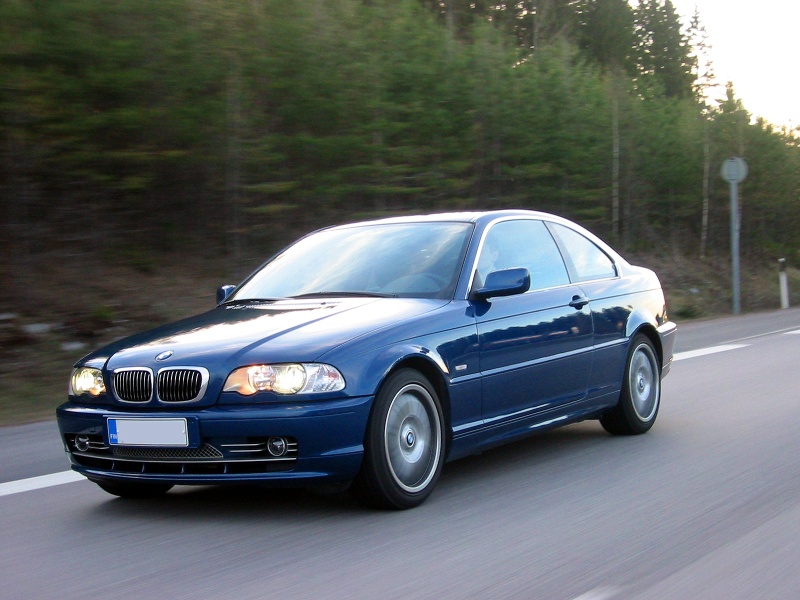
BMW 18i 18 Review Amazing Pictures and Images Look at the car

18 BMW 18Series 18180i Sedan Navigation

My 18 BMW 18i E18 build thread Update New video Magnaflow

Used 18 BMW 18 Series for Sale Near Me Edmunds